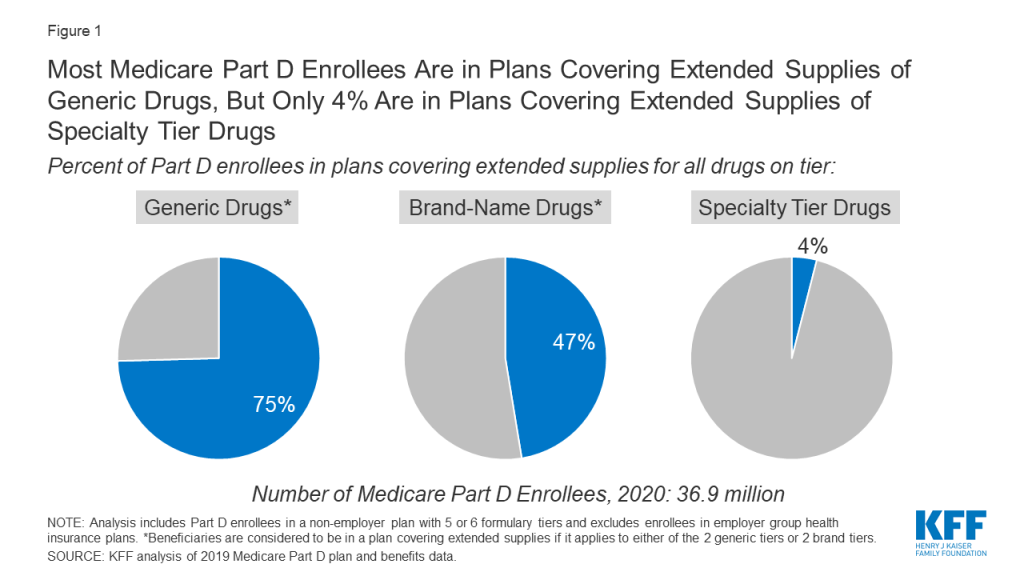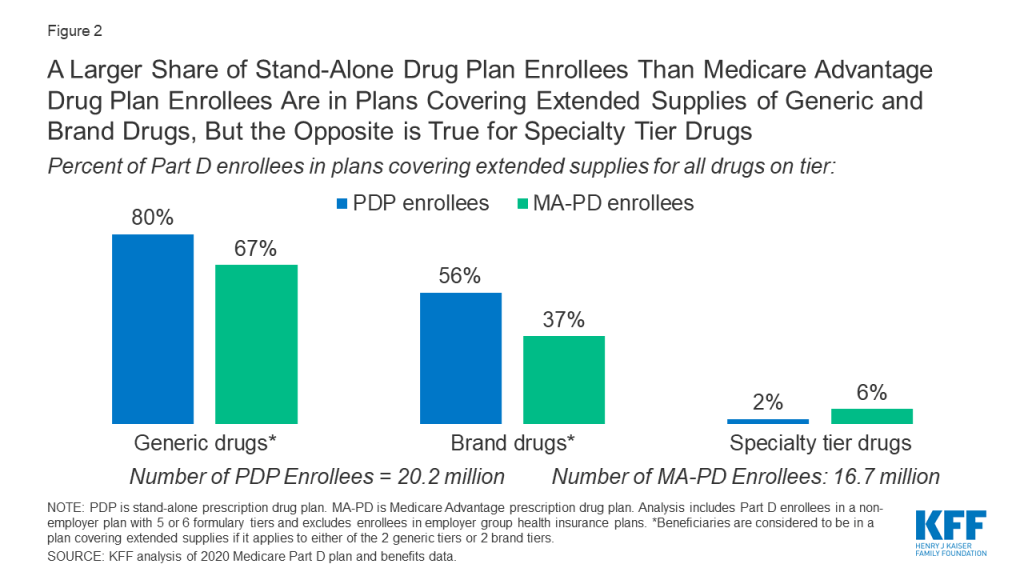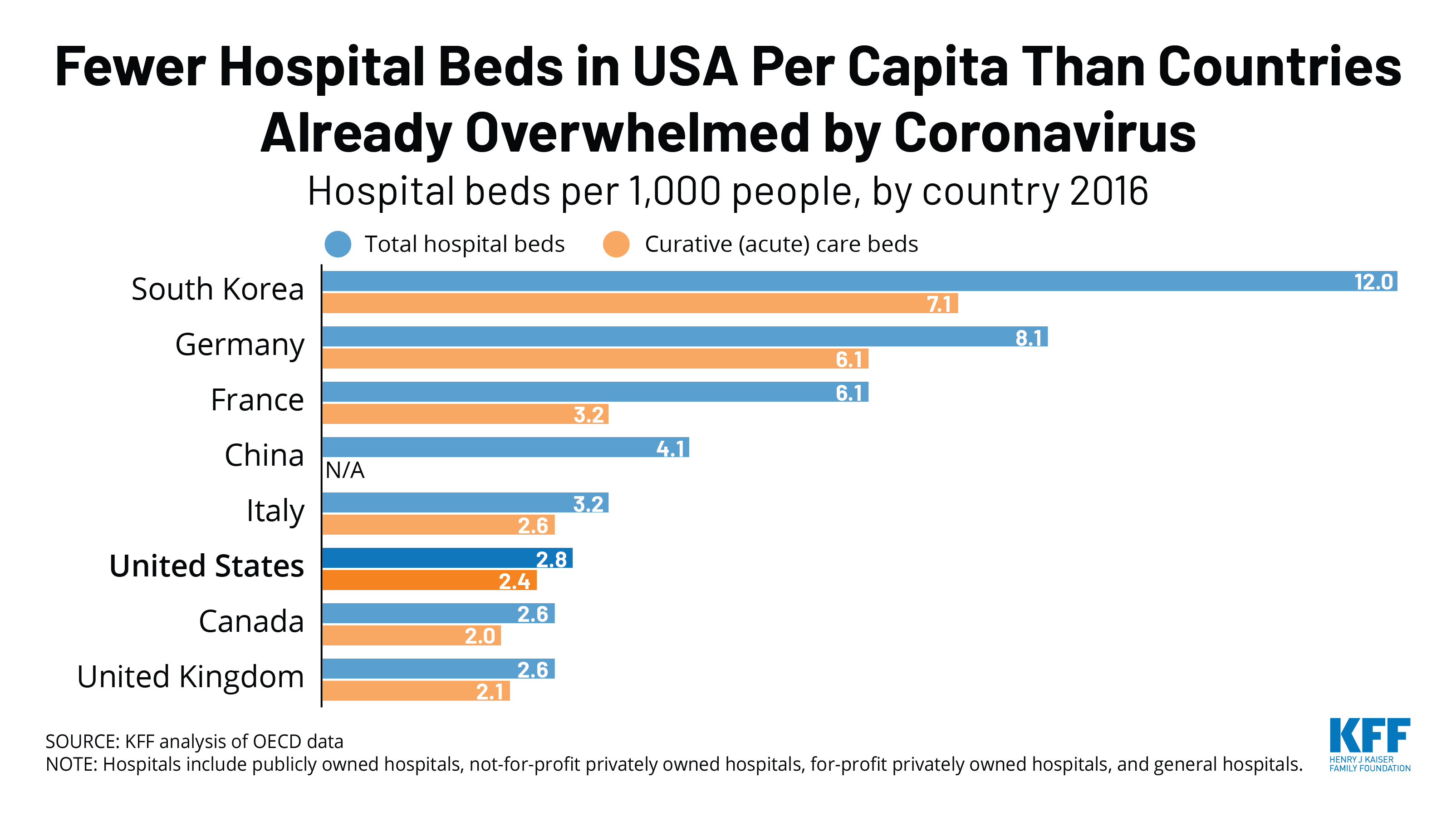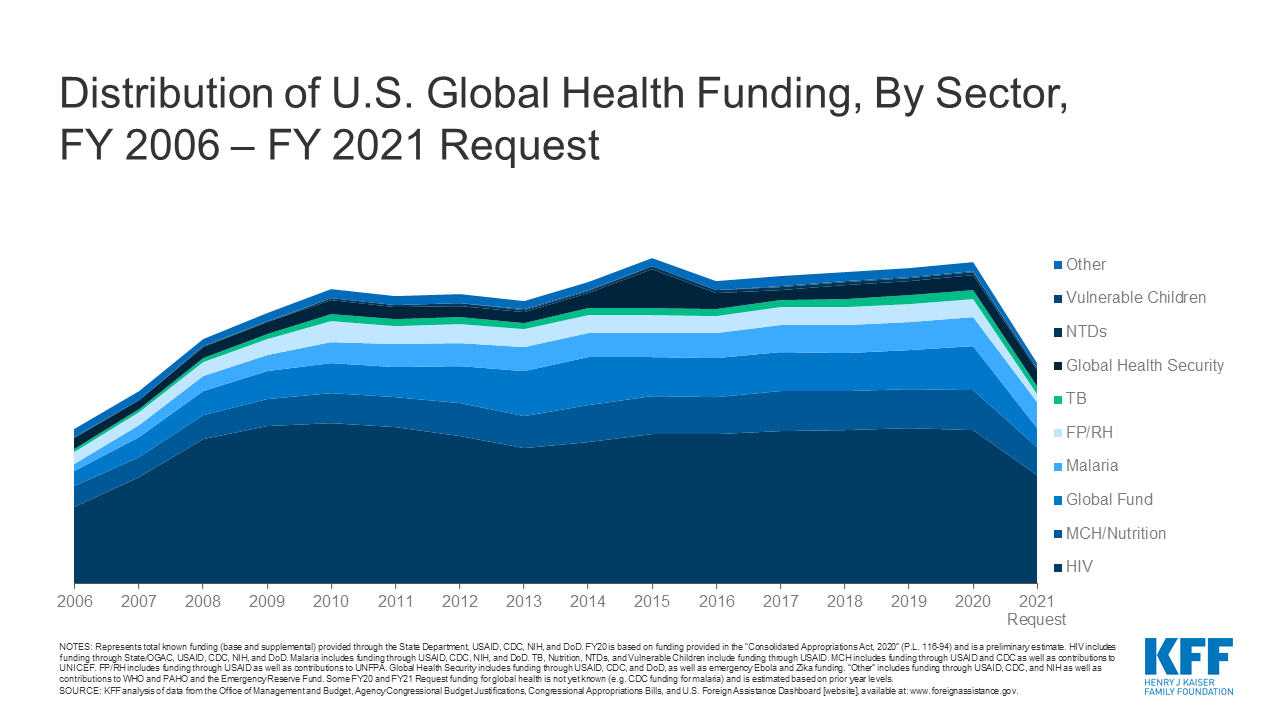Kaiser Health News to Expand Coverage in the Mountain West
Expansion Results from New Partnership with the Montana Healthcare Foundation and the Headwaters Foundation
KFF’s Kaiser Health News (KHN) will hire a full-time Montana-based correspondent and recruit a team of freelance reporters to expand its coverage of health care policy and politics in the region, including the unfolding COVID-19 pandemic.
The expansion is made possible by a new long-term partnership among KFF, the Montana Healthcare Foundation, and the Headwaters Foundation, and follows the opening last year of KHN’s Mountain States Bureau in Denver and its Midwest Bureau in St. Louis.
Media outlets from Montana and elsewhere can publish KHN stories from the region at no charge. KHN also will publish the stories on kffhealthnews.org and promote them through its social media platforms. KHN is an award-winning nonprofit news service that is an editorially independent program of KFF, formally The Henry J. Kaiser Family Foundation, a San Francisco-based nonprofit, nonpartisan organization engaged in policy analysis, polling, journalism, and communications to produce trusted information on national health issues.
“At a time when many local news organizations are scrambling to cover the coronavirus crisis, KHN’s model of partnering with local outlets and producing high quality health journalism should quickly translate into better informed communities,” said Drew Altman, KFF’s CEO and KHN’s founding publisher. “Thanks to the support of the Montana Healthcare Foundation and the Headwaters Foundation, we will be bringing the Mountain West more in-depth coverage not only of COVID-19, but also issues such as the Medicaid expansion, health care costs, rural health care and health care in the 2020 elections.”
“Montana Healthcare Foundation is committed to ensuring that Montanans have solid information on key health care and health policy issues in our state,” said Aaron Wernham, MHCF CEO. “We’re excited to partner with the nation’s preeminent health journalism outlet to give all Montanans access to high-quality coverage of health issues that affect us.”
“The people of Montana deserve the caliber of journalism that Kaiser Health News can provide so they can make informed decisions about their lives,” said Headwaters Foundation CEO Brenda Solorzano. “Headwaters Foundation is excited to partner in supporting this effort dedicated to high-quality journalism covering health issues that affect Montanans.”
KHN employs more than 60 journalists, with most based in the KHN newsroom in KFF’s Washington D.C. offices and others working in California, Colorado, and Missouri. The 11-year-old news service has won numerous awards, including a prestigious Barlett & Steele Award for Investigative Journalism and five “Best in Business” awards from the Society for Advancing Business Editing and Writing (SABEW). KHN also is a finalist for the 2020 Goldsmith Prize for Investigative Reporting by the Shorenstein Center on Media, Politics and Public Policy at Harvard University’s Kennedy School of Government.
Journalists interested in the Montana correspondent’s job can find details about the position and information about how to apply on kff.org.
News organizations interested in working with KHN should contact the news service at KHNPartnerships@kff.org, and those interested in helping to expand and improve health journalism around the country should contact KFF at healthjournalism@kff.org.
For more on our partners in Montana, visit the Montana Healthcare Foundation and the Headwaters Foundation online.
About The Henry J. Kaiser Family Foundation and Kaiser Health News:
Filling the need for trusted information on national health issues, KFF (The Henry J. Kaiser Family Foundation) is a nonprofit organization based in San Francisco, California. KHN is an editorially independent program of KFF and is the nation’s leading and largest health and health policy newsroom, producing stories that run on kffhealthnews.org and are published by hundreds of news organizations across the country.



